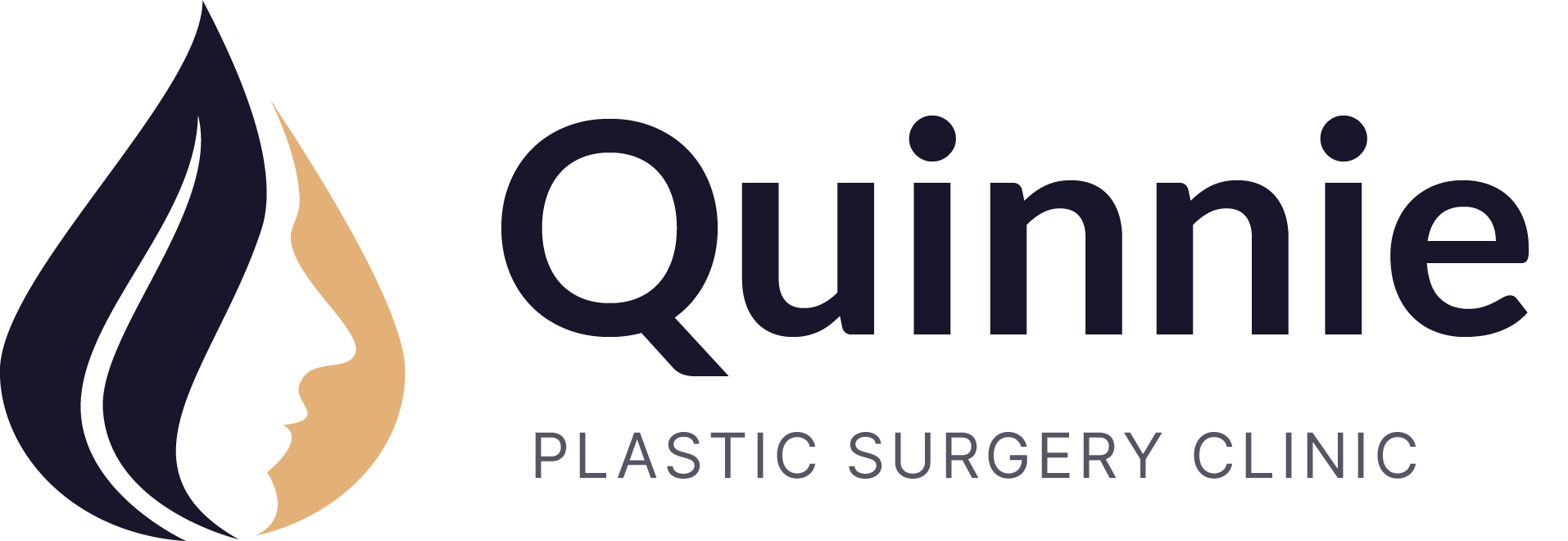The general purpose of a nose implant is to elevate and contour the nasal bridge, while highlighting the shape of the nasal tip. Additionally, nose implants can be utilized to remedy nose injuries resulting from accidents or congenital abnormalities that cause a distorted or uneven appearance of the nose.
The surgeon makes small incisions either inside the nostrils or on the base of the nose to access the nasal structure. He then carefully places the implant into position, shaping it to achieve the desired look. Once the implant is in place, the incisions are closed using sutures or skin adhesives.
When consulting with a surgeon, it is important to disclose your lifestyle habits, as well as any medications, vitamins, or supplements you are taking. This information can impact your treatment and potentially extend your recovery time.
Usually, nose implant surgery doesn't require hospitalization overnight, and patients can be discharged within an hour after the surgery.
You may experience swelling, bruising, and discomfort after the procedure, which can be managed with pain medication and cold compresses.
Possible risks associated with nose implant surgery consist of bleeding, infection, and temporary bruising and swelling. Additionally, there is a risk of developing an asymmetrical nose due to a displaced or drooping implant, as well as the potential for improper pressure leading to redness and swelling in the nose tip.
